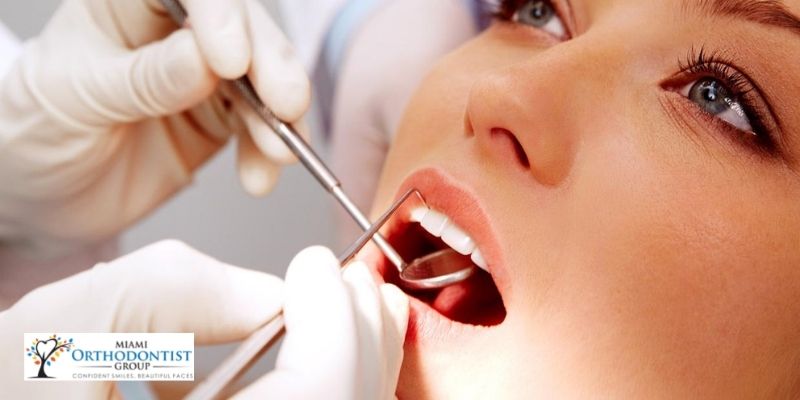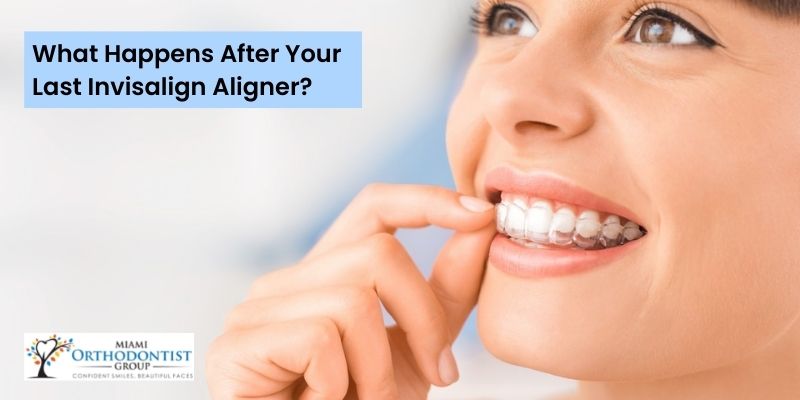Once the invisible brace treatment is complete, it is critical that the results be stabilized and maintained over time in order to avoid any recurrences or potential new pathologies. The senescence of arcades and dental areas causes movement throughout the aging process. Thus, a device of contention is used. For each patient, this device is tailored to suit his or her specific needs.
It is possible to use either fixed or movable contestation devices. It may be necessary to only use the portable device at specific times, such as at night, depending on the circumstances. Fixed devices are undetectable, i.e. invisible, and are used over a long period of time, whereas mobile night devices have a predetermined duration.
In order to keep the teeth aligned in their new position, a contention device isn’t meant to move them or correct their positions. Even though there are still some teeth that are still tended after treatment is finished, this contention should allow for the teeth to remain in their new position for up to seven years so that they can relax and re-establish themselves. The first year and the first few hours after treatment is when the response is strongest.
The Modalities of Retention Treatment
 Simply put, retention is the final step in orthodontic treatment. Once the orthodontist has determined that the jaws and teeth are aligned – the Invisalign treatment used at Miami Orthodontist Group – is complete.
Simply put, retention is the final step in orthodontic treatment. Once the orthodontist has determined that the jaws and teeth are aligned – the Invisalign treatment used at Miami Orthodontist Group – is complete.
When possible, a wire is then placed on the inside of the teeth. Most often, a wire is placed on the mandible and also on the maxilla, if the patient’s occlusion allows it. Depending on the situation, the internally bonded retainer comes with a splint for the maxilla that is worn at night.
POST-Treatment Orthodontic Retention of Invisible Orthodontics in Children and Adolescents
The retainer is essential for a child who has undergone Invisalign treatment. However, treatment is not a given. If you have a genetic predisposition to certain health problems, your child’s teenage years could also be a time of increased risk.
- Most teenagers with braces wear them for one to two years, while their orthodontist keeps a close eye on them.
As the year draws to a close, the level of support becomes more unpredictable. As a result, the time it takes to maintain a tangled thread can vary widely. Keep the fil alive in order to maintain the teeth alignment prior to and prevent the recurrence of the rebound due to the deterioration of arcades as well as the incessant support of one’s tongue and the resulting pains caused by masticatory movements caused by chewing. It’s best to keep an eye on the patient’s growth until the end of his or her adolescence. While wisdom teeth are common at this age, it has yet to be proven that they have an effect on relapse.
POST-Orthodontic Retention of Invisible Orthodontics in Adults
 The argument varies depending on the patient with the adult patient. After the average one-year course of Invisalign treatment, the orthodontist will probably present a nighttime argument.
The argument varies depending on the patient with the adult patient. After the average one-year course of Invisalign treatment, the orthodontist will probably present a nighttime argument.
Internal bond retention is usually systematic. The orthodontist must then ensure that this retention is maintained.
During a consultation with a Miami Orthodontist Group orthodontist, a strategy for transporting a potential point of contention device is laid out. To avoid a recurrence, it is recommended that one carry a device of contention at least twice a week for as long as possible.
The Value of Restraint and the Problems of Recidivism
Orthodontists worry about malocclusion recurrence because no treatment result can be guaranteed to be permanent. It is possible, however, to do everything possible to avoid future relocations and to prevent the teeth from being replaced.
Many factors can affect the quality of a treatment’s conclusion. Among them are new malfunctions or aging-related phenomena. In these situations, the contention device is critical.
Recurrences may also occur if the patient’s Bucco-dental behavior is deemed to be poor. Post-contention, it’s critical to maintain a proper position of the tongue and avoid sucking tics (especially among children and adolescents), which could lead to other dental issues. Sometimes it’s necessary to get reeducated.
The use of dental floss or even a dental cure-dent is not recommended for cleaning out the contention collet’s thread; instead, use interdental brushes. Brushing your teeth recommendations are straightforward: just use a normal toothbrush to avoid dislodging the orthodontic appliance installed by Miami Orthodontist Group.
The Accuracy Of The Restraints
The new devices of contention, whether they are fixed (internal) or movable, are made from a 3-D scan, which provides them with more stability and comfort for the patient.
Lifespan Of The Restraints
The new devices of contention, whether they are fixed (internal) or mobile, have an average lifespan of 10 and 8 years, respectively. As a result, it appears that regular dental checkups are a necessity.
Would you like to learn more about the unique orthodontic treatment options offered by the Miami Orthodontist Group? Contact us right away to schedule your first appointment with one of our orthodontists.
Summary
For each patient and their specific situation after Invisalign, each specialist must determine which type of retenedor is most convenient whether it is a fixed or removable one. You need to know that the Invisalign aligners are virtually undetectable since they couldn’t be otherwise. In actuality, they’re very much like their own alienators.
The last thing we can tell you about post-Invisalign retainers is that they can last for years, but they must be replaced every so often.


